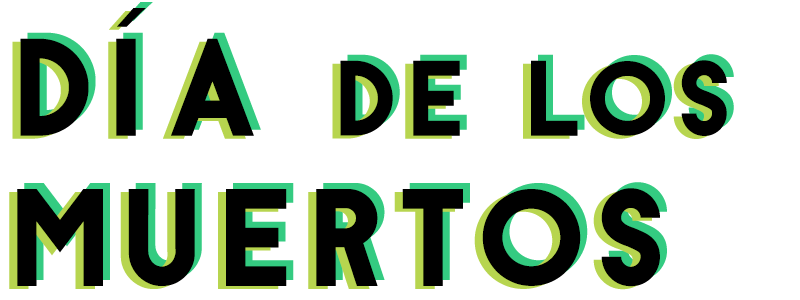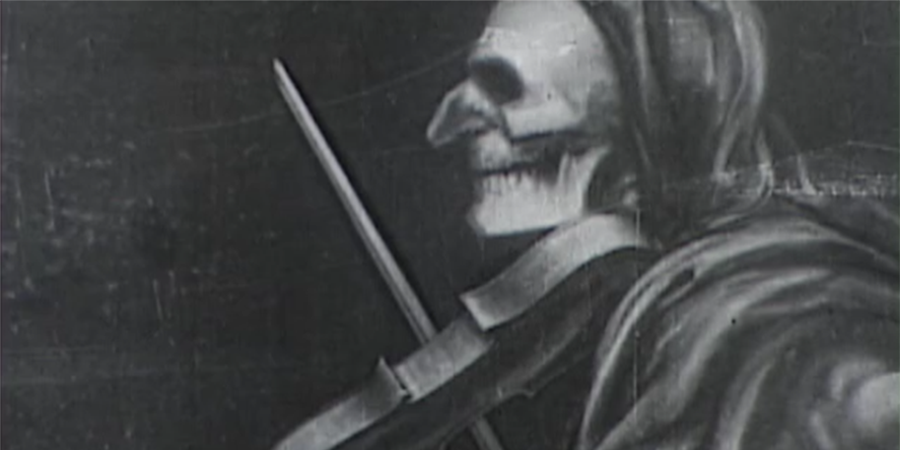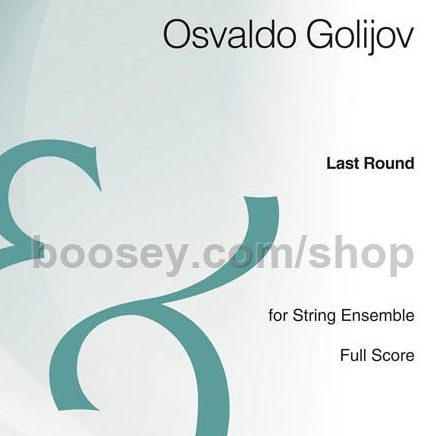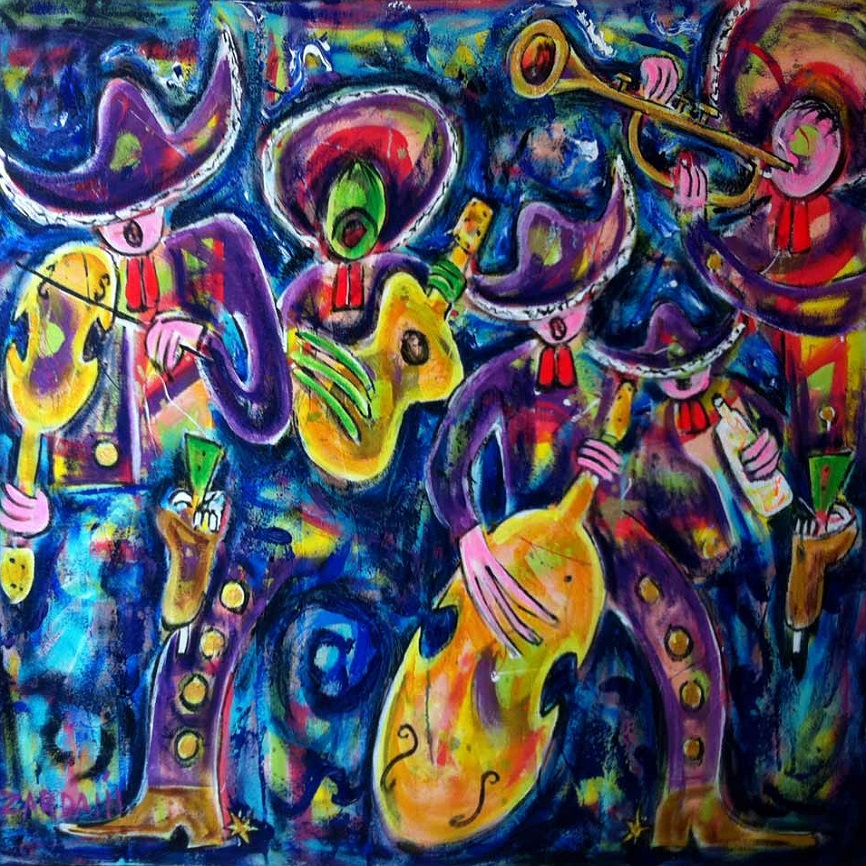

Your Conductor
In her tenure as Music Director for Chicago Sinfonietta, Mei-Ann Chen has brought the orchestra to new artistic heights, developing an aggressively adventurous approach to repertoire and collaboration while firmly anchoring her ambitious plans in the Sinfonietta’s quarter-century plus heritage of diversity, inclusion and service to the community. READ MORE



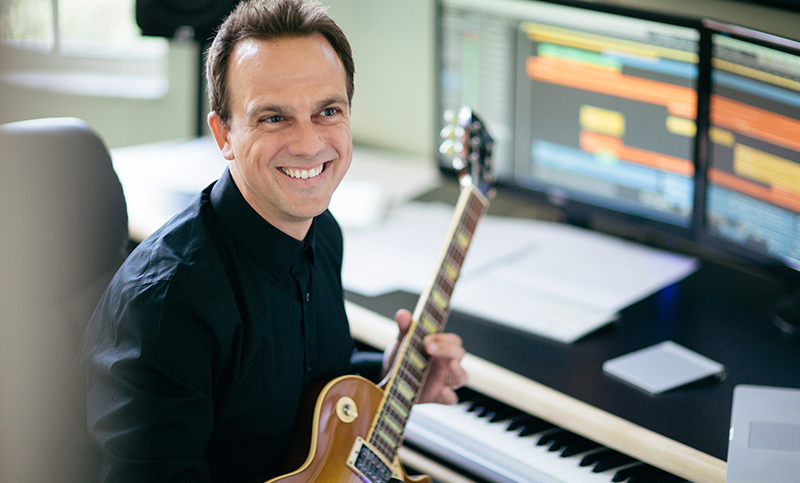
Chicago Film Archives is a non-profit 501(c)(3) institution established in late 2003 in order to preserve and catalogue over five thousand 16mm films donated by the Chicago Public Library. Director, Nancy Watrous and a few devoted film archivists conceived a plan to create a regional film archive that conserves, promotes and exhibits moving image materials that reflect Chicago and Midwest history and culture.
Carlos Rafael Rivera is a commissioned and award winning composer whose career has spanned several genres of the music industry. His soundtrack for Universal Pictures’ A WALK AMONG THE TOMBSTONES, starring Liam Neeson and directed by Scott Frank, is now available through Varèse-Sarabande Records.
A protégé of Randy Newman, he earned a DMA in Composition at USC’s Thornton School,
where he studied with Donald Crockett and Stephen Hartke.
Equally comfortable in popular music, he has performed onstage as opening act for The Who at the Hollywood Bowl, while his guitar work includes performances on feature soundtracks (Crash, Dragonfly); studio sessions for Island/Def Jam, and Universal Records; as well as ABC’s Scrubs, MTV, and VH-1.
His music has been acclaimed by the Miami Herald, the San Francisco Examiner, and the LA Times, helping establish him as a composer with the unique ability of incorporating a large diversity of musical influences into his captivating compositions, which reflect his multi-cultural upbringing in Central America and the United States.
His work has been performed by some of the most prominent ensembles and soloists, including Arturo Sandoval, Colin Currie, Chanticleer, Cavatina Duo, the American Composers Orchestra (ACO), the New England Philharmonic, and the Los Angeles Guitar Quartet (LAGQ); commissioned by the Simon Bolivar Youth Symphony, the Miami Symphony Orchestra, and the American Wind Symphony; recorded by Warner, Sony, Naxos, and Cedille labels; published by Mel-Bay, and Doberman Editions; and awarded by the ACO, the Herb Alpert Foundation, the Guitar Foundation of America, BMI, and twice by ASCAP.
He has served as Composer-in-Residence with the Miami Symphony Orchestra, as well as musical consultant for “Invitation to World Literature,” an educational series funded by the Annenberg Foundation and produced by WGBH. He is a voting member of the Recording Academy (Grammy’s), the Society of Composers and Lyricists (SCL), and is a sought out guest composer and lecturer throughout the US, as well as a faculty member at the University of Miami’s Frost School of Music.
Carlos has recently signed with Amos Newman at William Morris Endeavor Entertainment (WME) – whose clients include Hans Zimmer, Trent Reznor, and Ennio Morricone.


Osvaldo Golijov is one of the most compelling composers in contemporary classical music. Born in La Plata, Argentina in 1960, he was surrounded by Jewish liturgical and chamber music as well as the tango nuevo of Astor Piazzolla. He studied music in both Buenos Aires and Jerusalem before moving to the U.S. in 1986. All of this has found its way into the bracing themes that his music addresses, and he has collaborated with avant-garde icons the Kronos Quartet and through them the Romanian Gypsy band Taraf de Haidouks, the Mexican Rock group Café Tacuba, tablas virtuoso Zakir Hussain, and legendary Argentine composer, guitarist and producer Gustavo Santaolalla of Bajofondo.
Last Round is a fitting opening to this concert for the dead in that it chronicles a fight for life in a losing battle. The title is borrowed from a short story on boxing by Argentine experimental writer Julio Cortázar. Golijov composed it after the great Piazzolla suffered a debilitating stroke, and it is something of a further exploration of Piazzolla’s tango innovations. Its first half is filled with angular rhythmic intensity and piercing violins anchored to a pulsating double bass. Structurally, it is essentially two string quartets doing metaphorical battle with each other until the second, quieter half evokes the heartache of Piazzolla’s own Oblivion.
He’s now one of the “three B’s”, the core of every classical music education. But it’s worth remembering that Beethoven was first a restless radical, going places with music that none before him had dared. He was initially taught music as a young boy by his father in unusually brutal fashion, locking him in the cellar and depriving him of sleep. And, of course, the great tragedy of the composer’s life is that, as he grew in skill, he also became deaf, completely so in the last 10 years of his life. His greatest artistic triumphs and praise lived side by side with his melancholy, so much so that he shunned social events, finding it near impossible to engage in conversation. All of this left him short-tempered, absent-minded, greedy and suspicious to the point of paranoia.
Coriolan, written in 1806, is often referred to as an overture, but it in fact a stand-alone work inspired by a tragic play written by Heinrich Joseph von Collin, itself a retelling of a classic tragedy by Shakespeare, which in turn was inspired by an ancient Roman tale of a conquering hero who returns home only to later be vilified by his arrogant, patrician ways and sent into exile. It ends, of course, in death and betrayal. Scholars have suggested that the true subject of Coriolan is Beethoven himself, a stormy and tempestuous character if there ever was one. One contemporary went so far as to say “There is no more explosive or violent music in Beethoven.” There are slashing chords and unsettled rhythms, only to fall away to silence at the end.
Just as Beethoven is one of the three B’s of classical music, Modest Mussorgsky is one of “The Five” of Russian classical music. Russia was a bit late to the game. In the mid-19th century, there had been a distinct western European character to classical music for at least a century. In Russia, there was an admiration of Europe, but it took Mussorgsky, along with Rimsky-Korsakov, Borodin and a few others to infuse it with a specifically Russian character based on their own folklore, history and national identity. Still, unlike the others, Mussorgsky never made a living as a composer, and his output was small. But it did include one piece that became very, very famous in 1940, nearly 60 years after his death at the young age of 42: Night on Bald Mountain.
The foreboding strains of Night on Bald Mountain inspired Walt Disney to include it in his groundbreaking animated film Fantasia, and they indeed seem the perfect accompaniment to its scenes of doomed souls being cast into fiery oblivion by a giant, demonic being. The Russian tales that inspired Mussorgsky aren’t quite this dark, although they supposedly center on a “witches’ Sabbath.”
Carlos Rafael Rivera brings a diversity of influences to his work that reflects his multi-cultural upbringing in both Central America and the U.S. Born in Los Angeles of Cuban and Guatemalan parents, he spent time growing up in Virginia, Guatemala, Costa Rica, Panama, and Miami. A key mentor in his musical development is American songwriter and film composer Randy Newman. Rivera’s work includes soundtracks to Hollywood films as well as commissions by noted orchestras including the Simon Bolivar Youth Symphony in Venezuela (which gave the world Gustavo Dudamel) and the Miami Symphony Orchestra, where he served as Composer-in-Residence. He’s equally comfortable in pop music, and his work as a guitarist can be heard via studio sessions for several record labels.
Popol-Vuh is Rivera’s musical interpretation of an ancient Mayan text with origins in the K'iche' kingdom in Guatemala's western highlands, and it is the creation myth of the Meso-American peoples. Alongside the creation narrative, the Popol-Vuh tells the adventures of anthropomorphic Hero Twin deities through the underworld of Xibalba, their sacrifice in avenging their parents’ death, and their final rise, each as the Sun and Moon. Both of these stories share parallel timelines, ending with the Hero Twins’ appearance in the horizon as dawn to the successfully created human being. The four movements that tell the story start with the void of nothingness and proceed through a shifting soundscape of tinged with sadness, but also hope. Ultimately, the Twins must die so that humanity can be born.
PizziCuban Polka could be subtitled “If Strauss Were Cuban.” It is a brief work modeled after the Pizzicato Polka, a charming trifle written for high society Vienna. The polka is, of course, something of a more rhythmic waltz, and it eventually found its way to the Americas where it became part of Mexican music in the form of the norteño and in Cuba as the danzón. The first section of PizziCuban Polka takes the form of the original’s plucked violin, but the rhythm has been altered to suggest the Cuban clave. It then riotously erupts into a full blown 20th century charanga, very familiar to anyone who has heard the mambo or salsa.
The French composer Camille Saint-Saëns lived a long life, one filled with complications and seeming artistic contradictions. A musical prodigy, he made his concert debut at the age of ten. Born in the mid-19th century, his career spanned two eras. As a young composer, Saint-Saëns was enthusiastic for the most modern music of the day, so much so that some of his early works failed to find favor in France because of their radicalism. Toward the end, though, he was faulted for his staunch conservatism. In between, though, he managed to compose enough works of great merit to be awarded France’s highest honor, the Grand-Croix de la Légion d'honneur. His impact on French classical music is made even greater by the fact that future composers Gabriel Faure and Maurice Ravel were his students and considered him a genius.
Danse Macabre, despite its foreboding title, is actually a fairly lighthearted work, as it depicts skeletons and the spirits of the dead when they come out to play on Halloween night. And though the Latin American Day of the Dead and Halloween are related by their place on the calendar, they come from vastly different traditions. Musically, Danse Macabre sketches a scene where Death plays the fiddle, summoning the dead to dance. There is dissonance, of course, but also the jaunty sound of the xylophone to suggest the rattling of bones as skeletons cavort. Saint-Saëns makes one more clever choice, borrowing from the Roman Catholic mass for the dead’s Dies Irae but transposing it to a lighter major key.
Lest we forget that Día de los Muertos is, despite its relation to other traditions and tales, a uniquely Mexican celebration, we turn to the Mexican nationalist composer Blas Galindo. In the fervor and pride of post-Revolutionary Mexico, an artistic movement arose that turned to homegrown traditions for inspiration. In classical music, this meant discarding the European forms that had dominated and instead celebrating the folk forms that arose after Mexico freed itself from Spanish rule. Galindo was a student of Carlos Chávez, who many regard as the father of the nationalist movement. Galindo traveled throughout the country studying regional culture. In the 1940s, he came to the U.S. to study with Aaron Copland, who similarly championed a uniquely American character in his compositions.
Starting from an assumption of zero knowledge, it is still pretty likely that if you ever pause to consider Mexican music, the strains of mariachi fill your head. It is, in fact, perhaps the distillation of Mexican identity, superseding and absorbing the many regional musical forms that preceded it. Its origins are in Guadalajara, but by now it is truly a national music. Little wonder, then, that Blas Galindo chose it as the source of his first major composition in 1940. Listening to its infectious buoyancy can’t help but bring a smile to your face.

